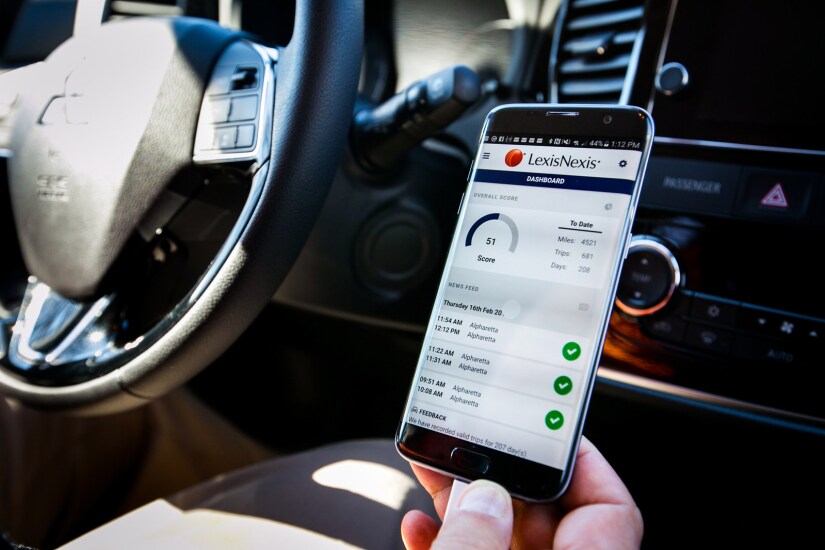Enjoy complimentary access to top ideas and insights — selected by our editors.
Want unlimited access to top ideas and insights?Subscribe Now
Want unlimited access to top ideas and insights?
As our climate changes and technology advances at unprecedented rates, less traditional insurance options like parametric, micro and embedded insurance are becoming all the more common. Bringing innovative insurance models to the industry provides more tailored solutions that meet the evolving needs of individuals and businesses across insurance lines, and more coverage options may provide flexibility, accessibility and efficiency that more traditional insurance policies may fail to address.
Here are some of the more common types of non-traditional insurance options you may see more of in the near future, including the benefits and disadvantages that each unique type of coverage offers.
